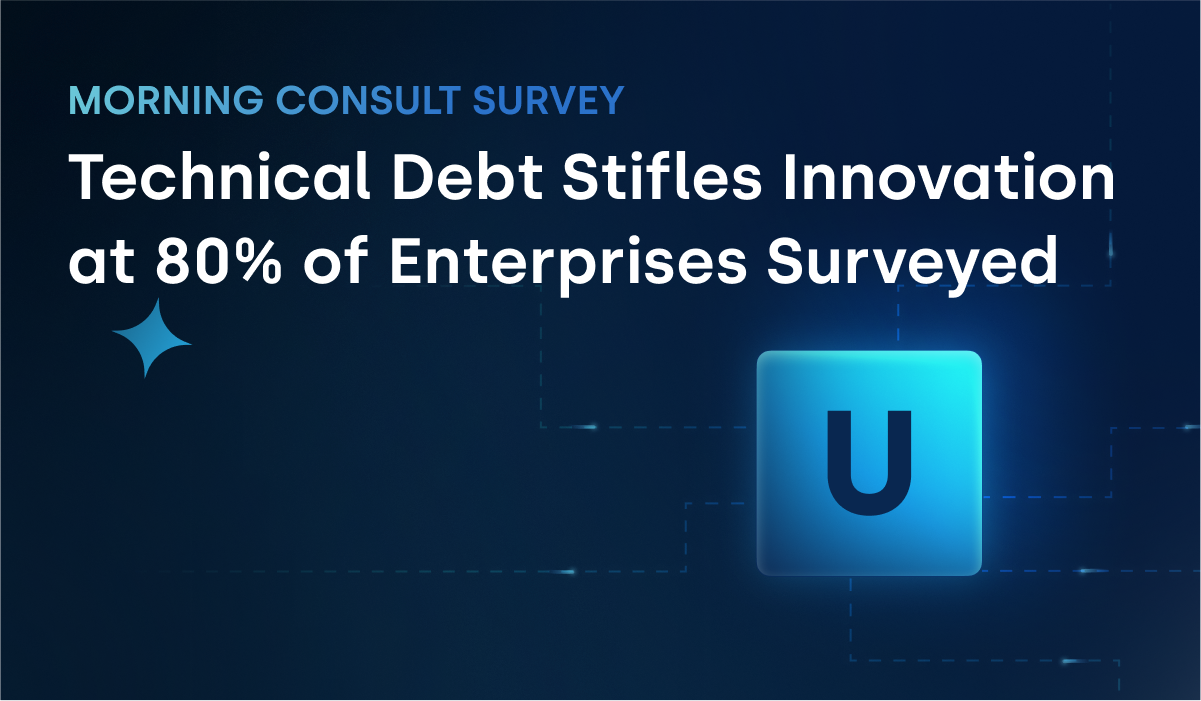While the finance industry has embraced cutting-edge tech in certain areas (algorithmic trading, for example), some key processes are still overly reliant on human intermediation for key processes and checkpoints—making them more susceptible to errors and poor-quality data.
Global teams share sensitive files via email. Financial institutions often rely on end-user computing (EUCs) applications powered by decades-old technologies like Excel and SharePoint for critical processes ranging from reconciliations and forecasting to reporting (including regulatory reporting) and customer management. In many cases, to bridge the gap between disparate legacy systems, data is even manually cut-and-pasted from one user platform to another.
Research suggests that nearly one-in-five (17%) of financial services organizations still rely entirely on manual processes for data reconciliation. More than one-third (34%) of financial institutions, meanwhile, depend on manual workflows for general, day-to-day operations.
Regardless of the purpose they serve, manual, non-optimized processes foster a number of risk-promoting challenges:
Insufficient governance and control
By making it difficult to govern through consistent oversight, manual workflows that unfold across a variety of teams and systems around the world also make it challenging for financial organizations to optimize, organize, and maintain centralized control over their processes. Furthermore, disparate risk and control libraries connected by manual checkpoints inhibit the scaling of processing risk data incident management.
Lack of transparency and auditability
Manual processes impede operational transparency and reduce visibility into numbers and performance for regulators, auditors, and internal compliance departments. Non-transparent processes can also lead to suboptimal decision-making in both evaluating and responding to risk.
Not only have nearly 70% of leaders reported making a significant business decision based on inaccurate financials, manual accounting processes, and controls (driven by dependencies on spreadsheets and other alterable files), but these can also be a significant factor in fraud.
Fraud and financial crimes
Fraudulent activity in all its many forms is one of the fastest-growing and costliest risks faced by financial institutions. When workflows across multiple systems are powered by opaque, manual tasks, it impedes companies’ abilities to effectively identify, investigate, and mitigate issues.
One 2020 fraud study revealed that for every dollar of fraud loss, U.S. financial services and lending companies incur an average of $3.78 in costs (up 12.8% over the previous reporting period). Nearly one-third of identity fraud victims, meanwhile, say their financial services providers did not satisfactorily resolve their problems, while 38% closed their accounts because of lack of resolution at the financial institution where their fraud occurred.
Human error
It goes without saying that processes reliant on manual tasks, documentation, or data entry are inherently riskier and potentially costlier from a human error perspective than automated procedures. Disjointed, non-digitized processes bog down workflow systems, increase people-time budgets, elevate security concerns, and mask control issues—making them fundamentally more expensive in competitive and reputational terms.
A recent inquiry into the Commonwealth Bank’s unexplained loss of tape drives containing the personal financial histories of up to 20 million bank customers in 2016, for example, has revealed deficiencies in internal access controls and privacy procedures which Australia’s largest bank must now take steps to address.
Lack of resilience
As the old saying goes, the only constant is change. With that in mind, one of the great competitive differentiators of the future will be the ability to quickly adapt to disruptions of any size or scale. This resilience is often hindered, however, by manual processes (like manual-reliant spreadsheets for example) that can’t be easily integrated into existing systems, or easily updated without breakage.
Adaptability is further complicated by disparate risk and control libraries, the challenge of processing risk data at scale, and manual processes that get in the way of efficient incident management.
Case in point: India’s explosive back-office worker lockdown in March 2020. This pandemic-inspired event left many of the world’s biggest banks and insurance companies scrambling to process client requests and applications amidst a raft of access, privacy, and security concerns—and is a perfect example of a reliance on manual processes reducing the ability to adapt.
As a means to fix many of the problems inherent in manual processes, digitization has long offered a viable way for financial services companies to increase transparency, develop greater resilience, and improve risk management.
The question is not “if” an institution should transform, but “how best to achieve it?”





